Fdg Pet Lewy Body Dementia
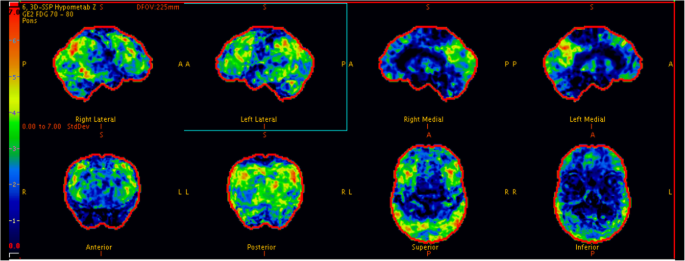
Fdg Pet In Suspected Dementia With Lewy Bodies A Case Report Bmc Geriatrics Full Text
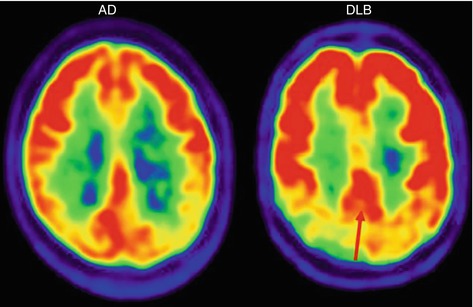
Dementia Due To Neurodegenerative Disease Molecular Imaging Findings Radiology Key

Brain Imaging What Does It See In Dlb Alzforum

Figure4 The Bmj

Obm Geriatrics Neuroimaging In Dementia
Http Act Alz Org Site Docserver 502 Understanding And Living With Lewy Body Dementia Tra Pdf Docid
All had a FDGPET brain scan performed as part of their diagnostic work up evaluating three common neurodegenerative etiologies Alzheimer dementia (AD), Frontotemporal dementia (FTD) and DLB A consensus diagnosis of dementia was made based on accepted clinical criteria for AD, FTD and DLB.

Fdg pet lewy body dementia. Brain perfusion SPECT is highly useful for the diagnosis of the dementias, including Alzheimer’s disease, Frontotemporal Dementia and Lewy Body Disease Studies of the accuracy of SPECT for diagnosing Alzheimer’s disease report sensitivities of 65%–85% and specificities (for other dementias) of 72%–87% (1) In the largest study to date, both HMPAO SPECT and 18FFDG PET were able to completely separate 26 AD cases from controls (2). The Dementia with Lewy Bodies (DLB) Consortium has refined its recommendations about the clinical and pathologic diagnosis of DLB, updating the previous report, which has been in widespread use for the last decade The revised DLB consensus criteria now distinguish clearly between clinical features and diagnostic biomarkers, and give guidance about optimal methods to establish and interpret these. Brain Imaging for Lewy Body Dementia 3 To learn more about LBD, visit wwwlbdaorg LBD Caregiver Link 1800LEWYSOS lbda@lbdaorg By supporting the work of LBDA, you too will be Increasing Knowledge Sharing Experience Building Hope Lewy Body Dementia Association wwwlbdaorg.
Background 18FFDGPET hypometabolism patterns are indicative of different neurodegenerative conditions, even from the earliest disease phase This makes 18FFDGPET a valuable tool in the diagnostic workup of neurodegenerative diseases The utility of 18FFDGPET in dementia with Lewy bodies (DLB) needs further. Results Consensus diagnosis with (18)FFDG PET was superior to SPECT for both dementia vs nodementia (AUC = 093 vs 072, P = 0001) and AD vs DLB (AUC = 080 vs 058, P = 0005) comparisons The sensitivity and specificity for dementia/nodementia was 85% and 90%, respectively, for (18)FFDG PET and 71% and 70%, respectively, for SPECT. Purpose To study the imaging patterns of Posterior cortical atrophy (PCA) and Dementia with Lewy bodies (DLB) on fluorodeoxyglucose positron emission tomography computed tomography (18 F FDG PET/CT), identify areas of overlap and differences and to develop a prediction model to assist in diagnosis using univariate and multivariate analysis Methods A retrospective analysis of 72 patients.
Dementia with Lewy bodies (DLB) is a common neurodegenerative dementia in older people;. 1 The authors report two siblings with dementia with Lewy bodies (DLB) Both the older brother and the younger sister underwent positron emission tomography (PET) studies with 18 F2fluorodeoxyDglucose (FDG) during lifeThe FDGPET study demonstrated unique and pronounced metabolic impairment in the occipital cortex in both patients. This makes 18FFDGPET a valuable tool in the diagnostic workup of neurodegenerative diseases The utility of 18FFDGPET in dementia with Lewy bodies (DLB) needs further validation by considering large samples of patients and disease comparisons and applying stateoftheart statistical methods.
Positron emission tomography (PET) imaging with F18fluorodeoxyglucose (FDG) is increasingly used as an adjunct to clinical evaluation in the diagnosis of dementia. LBD is a chronic, neurodegenerative cognitive disorder, and is the 3rd most common form of dementia 3 Unlike most other forms of dementia, people with LBD have Lewy bodies in the brain Lewy bodies are abnormallyfolded proteins found in the nerve cells of the brain 2 Patients with LBD may experience memory/cognitive problems, visual hallucinations, and. Alzheimer’s diseaserelated FDG PET pattern which is also expressed in Lewy body dementia and Parkinson’s disease dementia Audrey Katako,, Paul Sheltony, Andrew L Goertzen z, Daniel Levinz, Bohdan Bybelz, Maram Aljuaid,, Hyun JinYoon {, DoYoung Kang{, Seok Min Kim, Chong Sik Lee,& Ji Hyun Ko,.
Dementia With Lewy Bodies;. Lewy body dementia (LBD or dementia with Lewy bodies) is one the most common causes of dementia There are two types of LBD 1) dementia with Lewy bodies, and 2) Parkinson's disease dementia Symptoms of LBD are changes in a person's ability to think, movement problems, and sleep disorders. FDG Metabolism in Dementia With Lewy Body (DLB) Patients as Indicated by PET Dynamic Acquisition The safety and scientific validity of this study is the responsibility of the study sponsor and investigators.
Medicare covers FDG Positron Emission Tomography (PET) scans for either the differential diagnosis of frontotemporal dementia (FTD) and Alzheimer’s disease (AD) under specific requirements;. Visual hallucinations are common in dementia with Lewy bodies (DLB), although their etiology is unclear This study aimed to investigate the relationship between severity and frequency of hallucinations and regional brain glucose metabolism We performed brain FDGPET scanning on 28 subjects with DL. However, PET scan can allow for detailed visualization of the brain structures, to diagnose and measure the severity of brain disorders, including dementia There are a number of specialized PET scans, such as Hypometabolism brain PET scan, a measure of FDG PET pattern in dementia, PET scan frontotemporal dementia, and more.
This contrasts with AD, in which prominent and progressive memory loss often precedes neuropsychiatric features. Alzheimer disease (AD) pathology, particularly βamyloid (Aβ) pathology, is common in patients with Lewy body disease (LBD) at autopsy 1, –, 3 In keeping with that, more than half of the patients with probable dementia with Lewy bodies (pDLB) have elevated Aβ on PET scan 4 Investigation of the neuropathologic basis of Aβ PET findings in patients with pDLB or autopsyconfirmed LBD. Alzheimer disease (AD) pathology, particularly βamyloid (Aβ) pathology, is common in patients with Lewy body disease (LBD) at autopsy 1, –, 3 In keeping with that, more than half of the patients with probable dementia with Lewy bodies (pDLB) have elevated Aβ on PET scan 4 Investigation of the neuropathologic basis of Aβ PET findings in patients with pDLB or autopsyconfirmed LBD.
Visual hallucinations are common in dementia with Lewy bodies (DLB), although their etiology is unclear This study aimed to investigate the relationship between severity and frequency of hallucinations and regional brain glucose metabolism We performed brain FDGPET scanning on 28 subjects with DLB (mean age 76). Visual hallucinations are common in dementia with Lewy bodies (DLB), although their etiology is unclear This study aimed to investigate the relationship between severity and frequency of hallucinations and regional brain glucose metabolism We performed brain FDGPET scanning on 28 subjects with DLB (mean age 76). Alzheimer disease and Lewy body dementia are the 2 most common causes of dementia Each disease has distinctive regional metabolic reduction patterns on 18FFDG PET In this report, we present a rare case of an elderly man with dementia whereby 18FFDG PET clearly showed Lewy body disease with crossed cerebellar diaschisis.
Purpose To study the imaging patterns of Posterior cortical atrophy (PCA) and Dementia with Lewy bodies (DLB) on fluorodeoxyglucose positron emission tomography computed tomography (18 F FDG PET/CT), identify areas of overlap and differences and to develop a prediction model to assist in diagnosis using univariate and multivariate analysis Methods A retrospective analysis of 72 patients. Interventions in This Trial Diagnostic Test PETCT FDG brain scan;. The cingulate island sign is a highly specific radiological sign described in dementia with Lewy bodies It refers to the pattern of metabolism seen on FDGPET in patients with dementia with Lewy bodies 13On FDGPET, there is occipital hypometabolism with relative sparing of the posterior cingulate cortex, thus creating the appearance of an 'island' of normal metabolism in the posterior.
All other uses of FDG PET for patients with a presumptive diagnosis of dementiacausing neurodegenerative disease (eg, possible or probable AD, clinically typical FTD, dementia of Lewy bodies, or CreutzfeldJacob disease) for which CMS has not specifically indicated coverage continue to be noncovered. 18FFDG PET and Perfusion SPECT in the Diagnosis of Alzheimer and Lewy Body Dementias John T O’Brien1,2, Michael J Firbank2,3, Christopher Davison2, Nicky Barnett2, Claire Bamford4, Cam Donaldson4,5, Kirsty Olsen2, Karl Herholz6, David Williams2, and Jim Lloyd3 1Department of Psychiatry, Cambridge Biomedical Campus, University of Cambridge School of Clinical Medicine, Cambridge,. Fluorodeoxyglucose positron emission tomography (FDGPET) is commonly used for evaluating brain function Glucose metabolism decreases in dementia including AD and DLB, compared with cognitively normal (CN) individuals Sanford AM (18) Lewy body dementia Clin Geriatr Med 34, 603–615.
Dementia with Lewy bodies (DLB) is a type of dementia accompanied by changes in sleep, behavior, cognition, movement, and autonomic bodily functionsMemory loss is not always an early symptom The disease worsens over time and is usually diagnosed when cognitive decline interferes with normal daily functioningTogether with Parkinson's disease dementia, DLB is one of the two Lewy body dementias. FDG PET shows a characteristic pattern of hypometabolism involving the occipital cortex, typically sparing the posterior cingulate cortex in dementia with Lewy bodies In VaD, FDG PET can show scattered areas of focal cortical and subcortical hypometabolism. Dementia with Lewy bodies (DLB) is a progressive, degenerative dementia of unknown etiology Affected patients generally present with dementia preceding motor signs, particularly with visual.
Condition MeSH Term(s) Dementia;. The utility of 18FFDGPET in dementia with Lewy bodies (DLB) needs further validation by considering large samples of patients and disease comparisons and applying stateoftheart statistical. The term Parkinson disease dementia (PDD) should be used to describe dementia that occurs in the context of wellestablished Parkinson disease In a practice setting, the term that is most appropriate to the clinical situation should be used, and generic terms such as Lewy body disease are often helpful.
Visual hallucinations are common in dementia with Lewy bodies (DLB), although their etiology is unclear This study aimed to investigate the relationship between severity and frequency of hallucinations and regional brain glucose metabolism We performed brain FDGPET scanning on 28 subjects with DLB (mean age 76). To identify brain regions whose metabolic impairment contributes to dementia with Lewy bodies (DLB) clinical core features expression and to assess the influence of severity of global cognitive impairment on the DLB hypometabolic pattern. FDGPET occipital hypometabolism correlates with visual cortex neuropathology in DLB 33 and a small, autopsyconfirmed study suggested this could distinguish DLB from AD with high accuracy 34 Larger studies, earlier in disease, suggest sensitivity (70%) and specificity (74%) slightly lower than needed for an indicative biomarker, although better than that reported for HMPAOSPECT (65% and 64%) 35,36 Relative preservation of posterior or midcingulate metabolism on FDGPET (the cingulate.
This case demonstrates how correlation of 18 FFDG PET with 123 Iioflupane SPECT imaging can help to diagnose Lewy body disease, currently termed neurocognitive disorder with Lewy bodies ()Lewy body disease is an elusive diagnosis that can be confirmed only at autopsy (), yet it represents the second most common type of. The relationship between hallucinations and FDGPET in dementia with Lewy bodies The relationship between hallucinations and FDGPET in dementia with Lewy bodies Firbank, Michael;. We review the role of brain FDG PET in the diagnosis of Alzheimer disease, frontotemporal dementia, dementia with Lewy bodies, and vascular dementia Characteristic spatial patterns of brain metabolism on FDG PET can help differentiate various subtypes of dementia CONCLUSION In patients with different subtypes of dementia, FDG PET/CT shows.
Alzheimer's Disease Lewy Body Dementia Parkinson's Disease Radiation DaTscan Radiation F18AV45 Radiation FDGPET Genetic APOE genotype Procedure Polysomnogram Behavioral Clinical Assessment Detailed Description The study will use structural and functional MRIs, daTscans, fluorodeoxyglucose (FDG) PET scans, Amyvid PET scans, polysomnographs, neuropsychological testing, cerebrospinal fluid in willing participants to distinguish between a diagnosis of Alzheimer's disease, Lewy Body. FDG PET is a highly useful imaging modality for the diagnosis of primary neurodegenerative disorders Patterns of altered cerebral glucose metabolism seen at FDG PET are useful as imaging biomarkers to assist in making the clinical diagnosis of neurodegenerative diseases causing dementia. DLB should be diagnosed when dementia occurs before or concurrently with parkinsonism The term Parkinson disease dementia (PDD) should be used to describe dementia that occurs in the context of wellestablished Parkinson disease.
After Alzheimer disease (AD), dementia with Lewy bodies (DLB) is one of the most common types of degenerative dementia In addition to dementia, distinctive clinical features include visual hallucinations, parkinsonism, cognitive fluctuations, dysautonomia, sleep disorders, and neuroleptic sensitivity The pathologic hallmark of DLB is the presence of eosinophilic intracytoplasmic inclusions called Lewy bodies, which contain aggregated alphasynuclein, in the deep cortical layers throughout. This makes 18FFDGPET a valuable tool in the diagnostic workup of neurodegenerative diseases The utility of 18FFDGPET in dementia with Lewy bodies (DLB) needs further validation by considering large samples of patients and disease comparisons and applying stateoftheart statistical methods. FDGPET in suspected dementia with Lewy bodies a case report Abstract Dementia with Lewy bodies (DLB) is still underdiagnosed or mistaken for other types of neurodegenerative Background Dementia with Lewy bodies (DLB) is the second most common type of degenerative dementia, accounting for.
The relationship between hallucinations and FDGPET in dementia with Lewy bodies The relationship between hallucinations and FDGPET in dementia with Lewy bodies Firbank, Michael;. While neither is diagnostic of Lewy body dementia (LBD), they can assist the physician in diagnosis FDG PET is available as a diagnostic tool in the US and is covered under Medicare under certain conditions Researchers using PET scans with a radioactive substance called 11Carbon labeled Pittsburgh CompoundB. However, the clinical features, particularly cognitive fluctuations and rapid eye movement sleep disorder, are often hard to elicit, leading to difficulty in making the diagnosis clinically Here we examine the literature for the evidence behind imaging modalities that could assist in making the diagnosis.
Keywords Dementia with Lewy bodies, FDGPET, Imaging, Rivastigmine Background Dementia with Lewy bodies (DLB) is the second most common type of degenerative dementia, accounting for approximately 42% of all diagnosed dementia in the community and up to 75% of those in secondary care 1 Lewy body protein was first discovered by a German. O’Brien, John Visual hallucinations are common in dementia with Lewy bodies (DLB), although their etiology is unclear This study aimed to investigate the relationship between. We review the role of brain FDG PET in the diagnosis of Alzheimer disease, frontotemporal dementia, dementia with Lewy bodies, and vascular dementia Characteristic spatial patterns of brain metabolism on FDG PET can help differentiate various subtypes of dementia.
OR, its use in a Centers for Medicare & Medicaid Services (CMS)approved practical clinical trial focused on the utility of FDG PET in the diagnosis or treatment of dementing neurodegenerative diseases. Posterior cortical atrophy (PCA) and dementia with Lewy bodies (DLB) are 2 neurodegenerative diseases that have both been associated with hypometabolism on 18 FFDG PET in the occipital lobe Patients with PCA present with a progressive decline in visuospatial and visuoperceptual deficits, with patients often having features of simultanagnosia, optic ataxia, oculomotor apraxia, and dysgraphia (). Posterior cortical atrophy (PCA) and dementia with Lewy bodies (DLB) are 2 neurodegenerative diseases that have both been associated with hypometabolism on 18 FFDG PET in the occipital lobe Patients with PCA present with a progressive decline in visuospatial and visuoperceptual deficits, with patients often having features of simultanagnosia, optic ataxia, oculomotor apraxia, and dysgraphia ().
Information Source ID Number TASMC19ES0516CTIL NCT Identifier NCT NCT, January 19, 21. O’Brien, John Visual hallucinations are common in dementia with Lewy bodies (DLB), although their etiology is unclear This study aimed to investigate the relationship between. Background 18FFDGPET hypometabolism patterns are indicative of different neurodegenerative conditions, even from the earliest disease phase This makes 18FFDGPET a valuable tool in the diagnostic workup of neurodegenerative diseases The utility of 18FFDGPET in dementia with Lewy bodies (DLB) needs further.
Visual hallucinations are common in dementia with Lewy bodies (DLB), although their etiology is unclear This study aimed to investigate the relationship between severity and frequency of hallucinations and regional brain glucose metabolism We performed brain FDGPET scanning on 28 subjects with DLB (mean age 76). 50 ( 10 )1638–1645 Abstract Google Scholar. The objectives of this study are to determine (i) whether 18 Ffluorodeoxyglucose PET signature patterns of dementia with Lewy bodies are associated with the extent of coexisting Alzheimer’s pathology and the presence of transitional or diffuse Lewy body disease and (ii) whether these 18 Ffluorodeoxyglucose pattern(s) are associated with.
PurposeTo study the imaging patterns of Posterior cortical atrophy (PCA) and Dementia with Lewy bodies (DLB) on fluorodeoxyglucose positron emission tomography computed tomography (18FFDG PET/CT), identify areas of overlap and differences and to develop a prediction model to assist in diagnosis using univariate and multivariate analysis. This case demonstrates how correlation of 18 FFDG PET with 123 Iioflupane SPECT imaging can help to diagnose Lewy body disease, currently termed neurocognitive disorder with Lewy bodies ()Lewy body disease is an elusive diagnosis that can be confirmed only at autopsy (), yet it represents the second most common type of. The objectives of this study are to determine (i) whether 18 Ffluorodeoxyglucose PET signature patterns of dementia with Lewy bodies are associated with the extent of coexisting Alzheimer’s pathology and the presence of transitional or diffuse Lewy body disease and (ii) whether these 18 Ffluorodeoxyglucose pattern(s) are associated with.
Alzheimer disease and Lewy body dementia are the 2 most common causes of dementia Each disease has distinctive regional metabolic reduction patterns on 18FFDG PET In this report, we present a rare case of an elderly man with dementia whereby 18FFDG PET clearly showed Lewy body disease with crossed cerebellar diaschisis. Diffuse Lewy body disease (DLB) DLB is the second most common cause of dementia, accounting for 15% to % of all cases Fluctuating cognition, visual hallucinations, and lowered attention span often precede memory loss;. Fluorodeoxyglucose positron emission tomography (FDGPET) is commonly used for evaluating brain function Glucose metabolism decreases in dementia including AD and DLB, compared with cognitively normal (CN) individuals Sanford AM (18) Lewy body dementia Clin Geriatr Med 34, 603–615.
In the US, Lewy body disease (LBD) accounts for approximately 4% to 5% of all cases of dementia, although this number may be a low estimate because LBD is generally underdiagnosed In secondary and tertiary care centers, such as ours, where we see mostly people with atypical presentations or difficult diagnoses, 7% to 10% of patients have LBD 1,2. The 18FFDG PET cingulate island sign and comparison to 123IbetaCIT SPECT for diagnosis of dementia with Lewy bodies J Nucl Med 09;.

Parkinsonism Related Disorders

Dementia With Lewy Bodies New Recommendations The Science Of Parkinson S
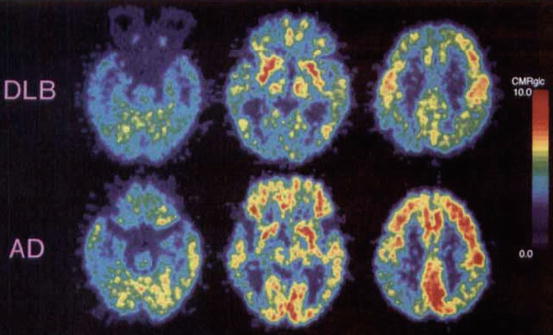
Spect Pet Findings In Lewy Body Dementia Springerlink

Glucose Metabolic Brain Network Differences Between Chinese Patients With Lewy Body Dementia And Healthy Control
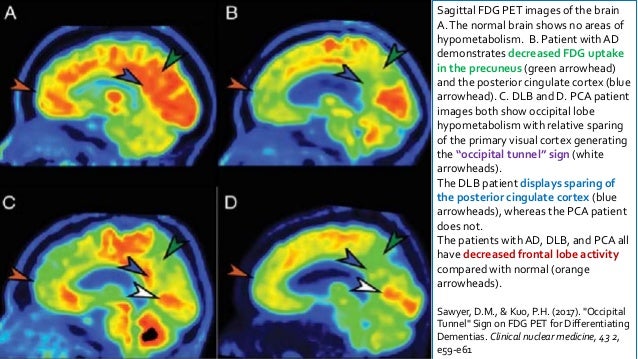
Approach To A Case Of Dementia

Positron Emission Tomography In Alzheimer S Disease Early Prediction And Differentiation Future Neurology
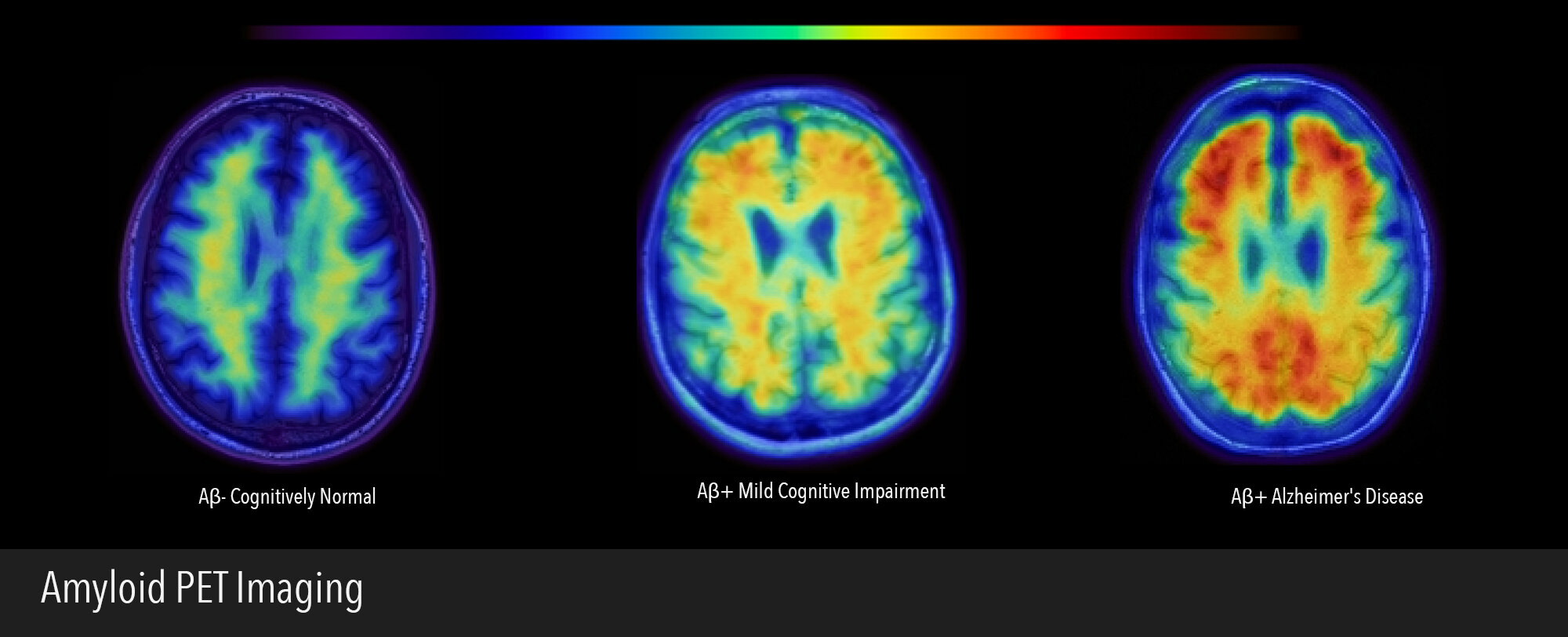
Amyloid Pet The Jagust Lab
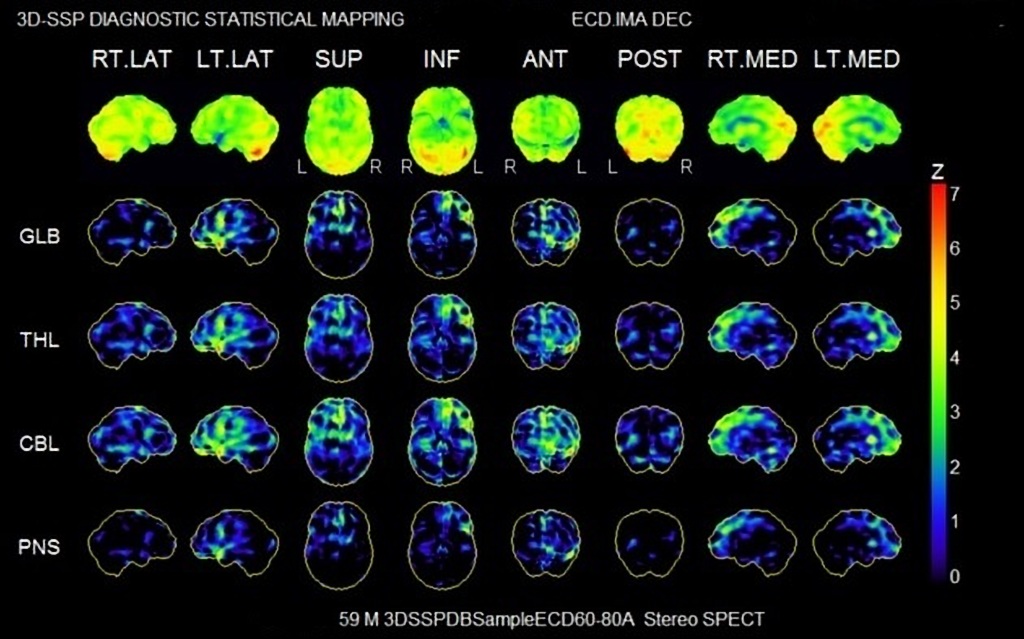
Behavioral Variant Frontotemporal Dementia Radiology Case Radiopaedia Org

Brain Glucose Metabolism In Lewy Body Dementia Implications For Diagnostic Criteria Alzheimer S Research Therapy Full Text

Fdg Pet In Suspected Dementia With Lewy Bodies A Case Report Semantic Scholar

Molecular Imaging Of Dementia With Lewy Bodies Sciencedirect
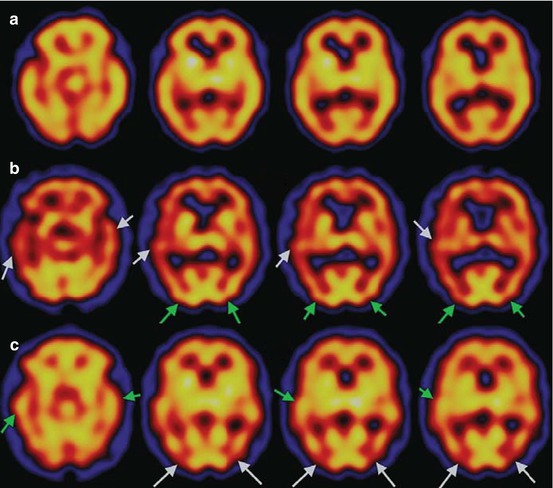
Spect Pet Findings In Lewy Body Dementia Springerlink

Amyloid Pet And 18f Fdg Pet In The Diagnostic Investigation Of Alzheimer S Disease And Other Dementias The Lancet Neurology

Figure 1 From 18f Fdg Pet And Perfusion Spect In The Diagnosis Of Alzheimer And Lewy Body Dementias Semantic Scholar
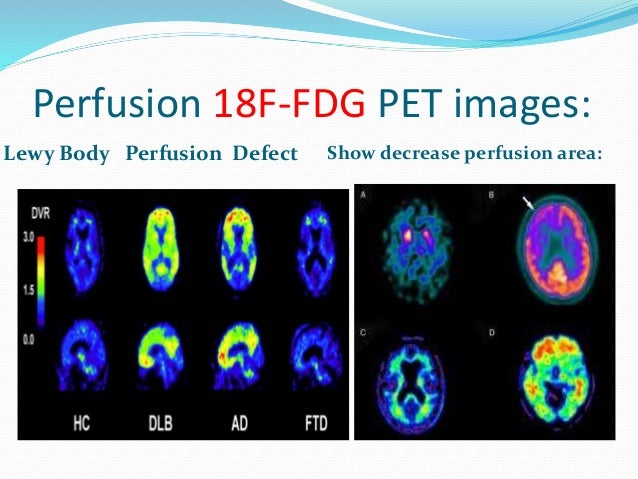
Dementia Power Point

Lewy Body Dementias Abstract Europe Pmc

Sixty Seven Years Old Male With Dementia With Lewy Body Axial Image Of Download Scientific Diagram

Typical Metabolic Patterns For Different Types Of Dementia Compared To Download Scientific Diagram

18f Fdg Pet Is Superior To 123i Ibzm Spect For The Differential Diagnosis Of Parkinsonism Neurology

Diagnosis And Management Of Dementia With Lewy Bodies Neurology
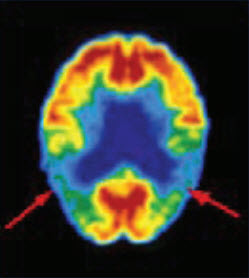
Pet Ct Delivers Earlier More Accurate Detection Of Alzheimer S Disease Northwest Radiology Indianapolis Carmel Fishers
Www Edusymp Com Esi 17 Spet17 3 Wednesday Set17 Esyllabus Pdf
Http Www Ranzcp Org Ranzcp Media Conference Presentations Son 18 Rowe Pet For Clinicians Nov 18 Pdf
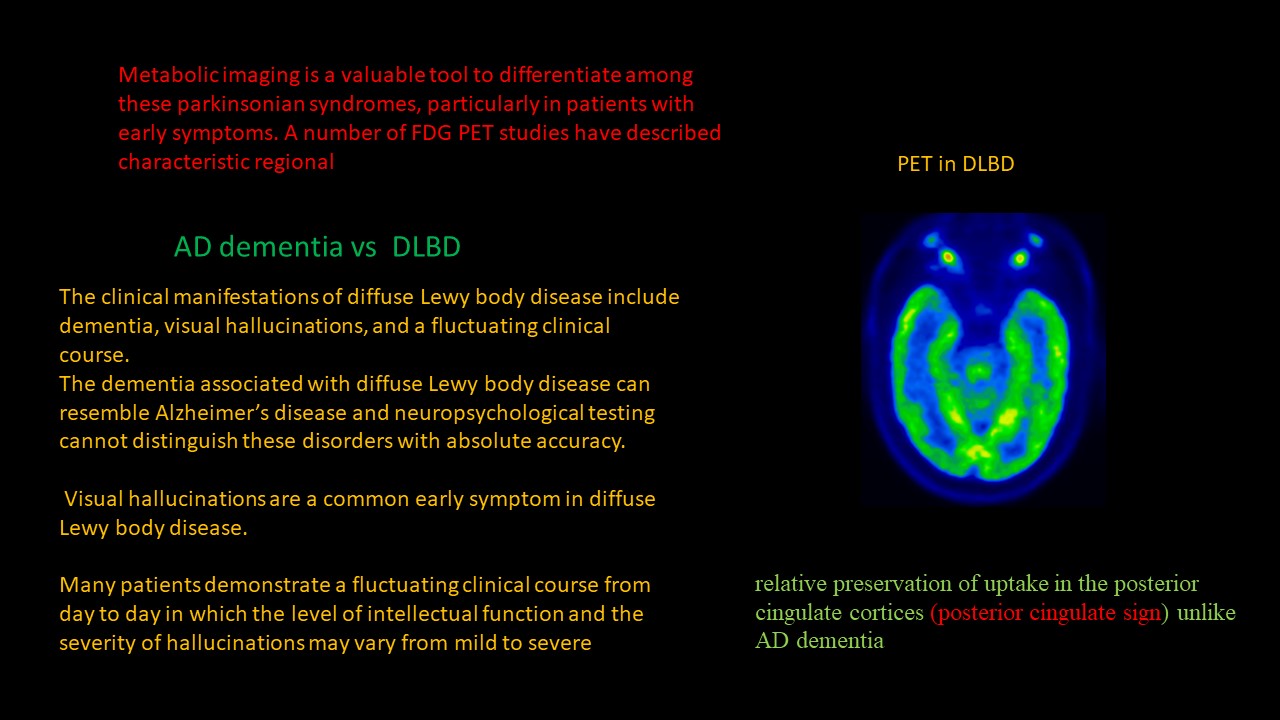
Epos Trade

18f Fdg Pet And Perfusion Spect In The Diagnosis Of Alzheimer And Lewy Body Dementias Journal Of Nuclear Medicine

Complementary Role Of 18f Fdg Pet And 123i Ioflupane Spect In The Diagnosis Of Lewy Body Disease Journal Of Nuclear Medicine Technology

Metabolic Correlates Of Dopaminergic Loss In Dementia With Lewy Bodies Huber Movement Disorders Wiley Online Library
Q Tbn And9gcrena9qjcwtwg1q60o1xzazc7tmkfgncm2lmylz T4 Usqp Cau

Dementia And Related
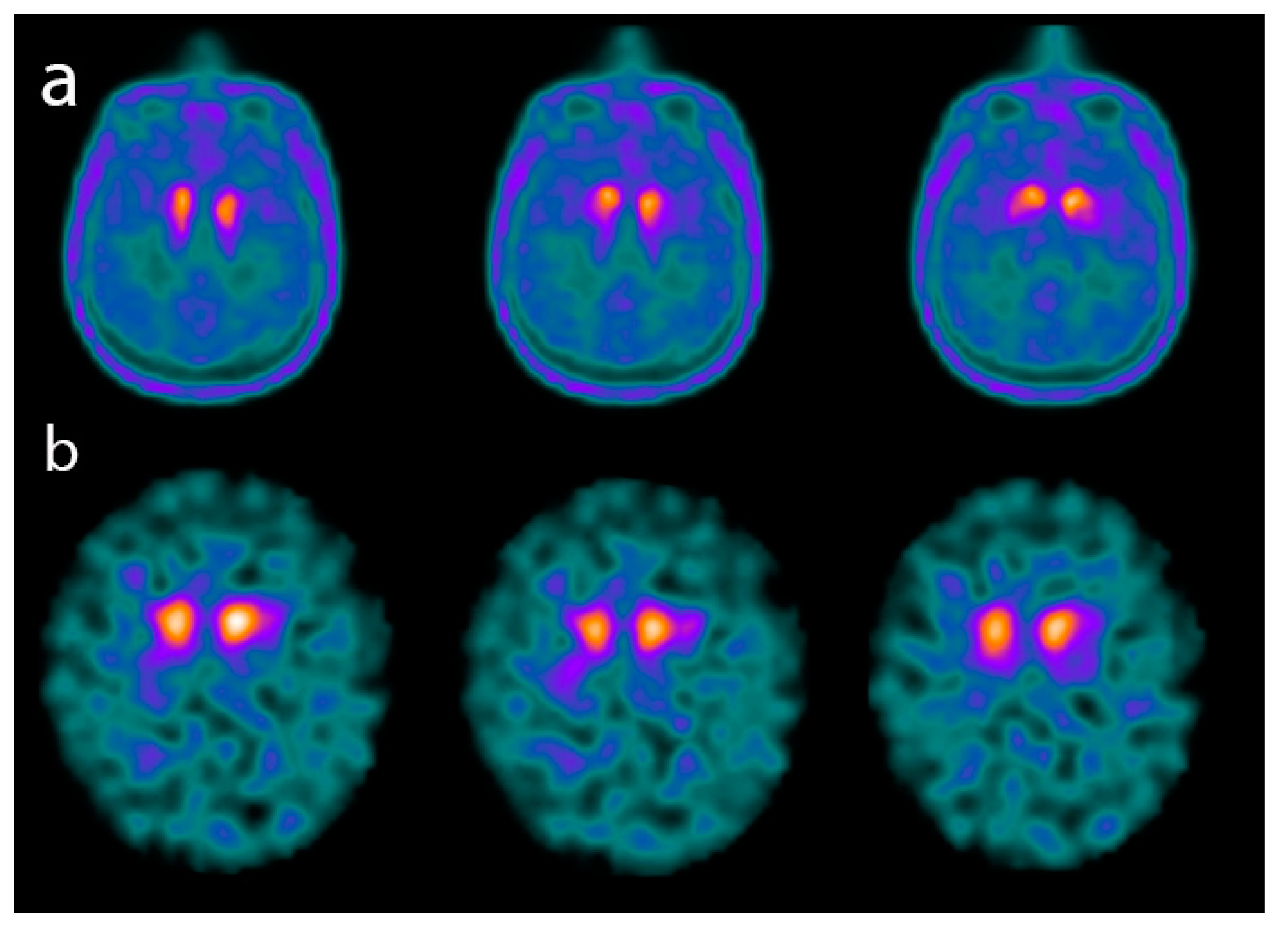
Ijms Free Full Text Positron Emission Tomography Pet And Neuroimaging In The Personalized Approach To Neurodegenerative Causes Of Dementia Html
Clinical And Neuroimaging Characteristics Of Chinese Dementia With Lewy Bodies

Pet Approaches For Diagnosis Of Dementia American Journal Of Neuroradiology

18f Fdg Pet Assessment Of Lewy Body Dementia With Cerebellar Diaschisis Journal Of Nuclear Medicine Technology
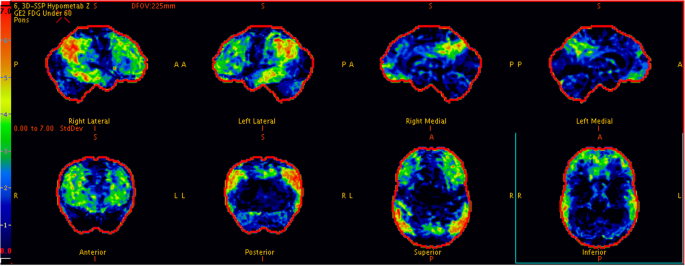
63sf38n9oqcp3m

F18 Fdg Pet Images Of Dementia With Lewy Body Disease A 75 Year Male Download Scientific Diagram
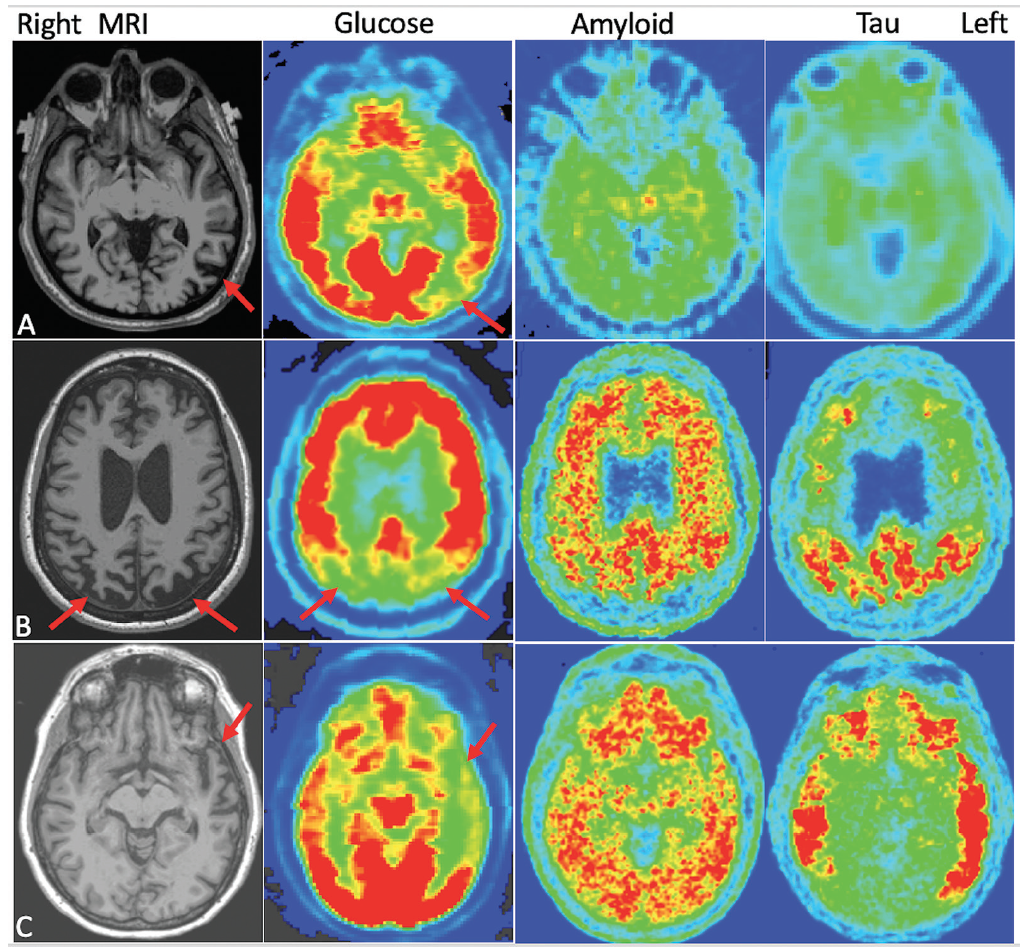
Molecular Imaging Biomarkers In Dementia Practical Neurology

Amyloid Load In Parkinson S Disease Dementia And Lewy Body Dementia Measured With 11c Pib Positron Emission Tomography Journal Of Neurology Neurosurgery Psychiatry

Acute Presentation Of Dementia With Lewy Bodies Rcp Journals
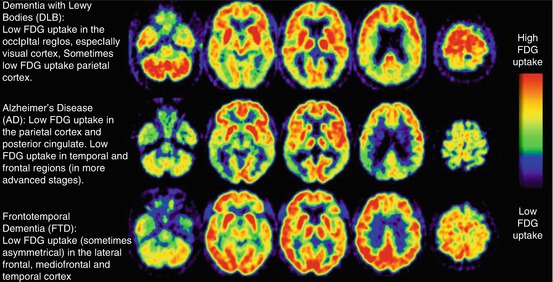
Nuclear Imaging In Frontotemporal Dementia Radiology Key

Pd And Dlb Brain Imaging In Parkinson S Disease And Dementia With Lewy Bodies Sciencedirect

Brain Pet In Suspected Dementia Patterns Of Altered Fdg Metabolism Radiographics

Pet Approaches For Diagnosis Of Dementia American Journal Of Neuroradiology
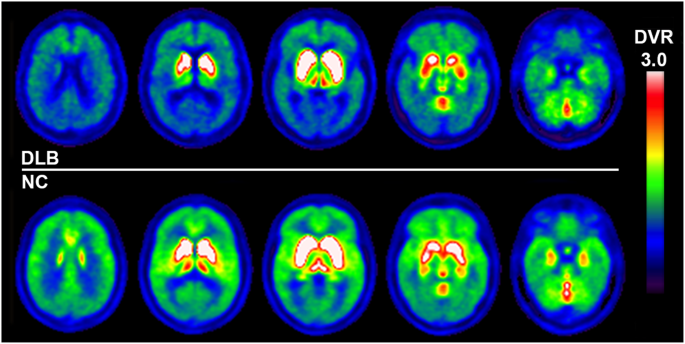
Quantification Of Brain Cholinergic Denervation In Dementia With Lewy Bodies Using Pet Imaging With 18 F Feobv Molecular Psychiatry

Radiological Imaging Of Dementia Ppt Download

Neuroimaging In Dementia An Update For The General Clinician Progress In Neurology And Psychiatryprogress In Neurology And Psychiatry

Fdg Pet Outshines Spect For Alzheimer S Disease

Example Of Pet Findings In Lewy Body Dementia Note Marked Download Scientific Diagram

Clinical Imaging In Dementia With Lewy Bodies Evidence Based Mental Health

Machine Learning Identified An Alzheimer S Disease Related Fdg Pet Pattern Which Is Also Expressed In Lewy Body Dementia And Parkinson S Disease Dementia Scientific Reports
Clinical And Neuroimaging Characteristics Of Chinese Dementia With Lewy Bodies
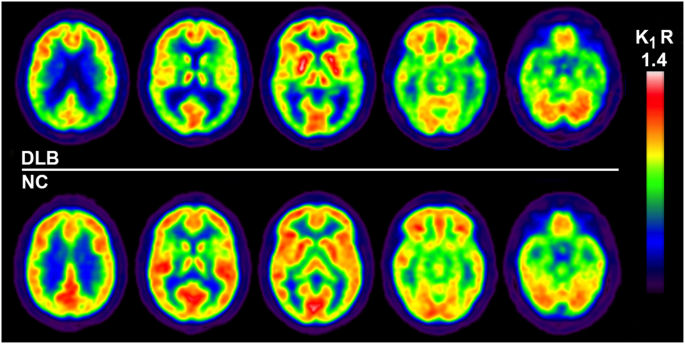
Quantification Of Brain Cholinergic Denervation In Dementia With Lewy Bodies Using Pet Imaging With 18 F Feobv Molecular Psychiatry
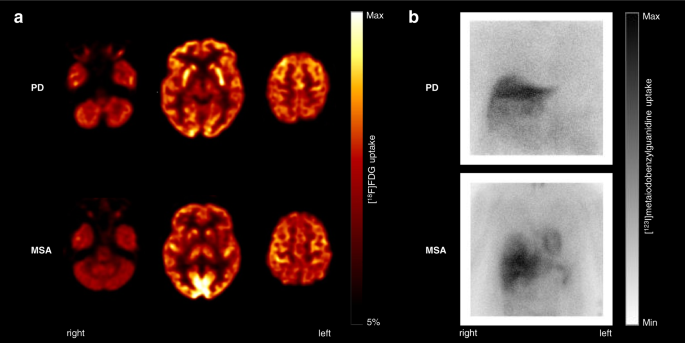
Differential Diagnosis Of Parkinsonism A Head To Head Comparison Of Fdg Pet And Mibg Scintigraphy Npj Parkinson S Disease

Brain 18f Fdg Pet Ct Imaging In Posterior Cortical Atrophy

Brain 18 F Fdg Pet Mri Images Of A Male Patient With Parkinson S Download Scientific Diagram
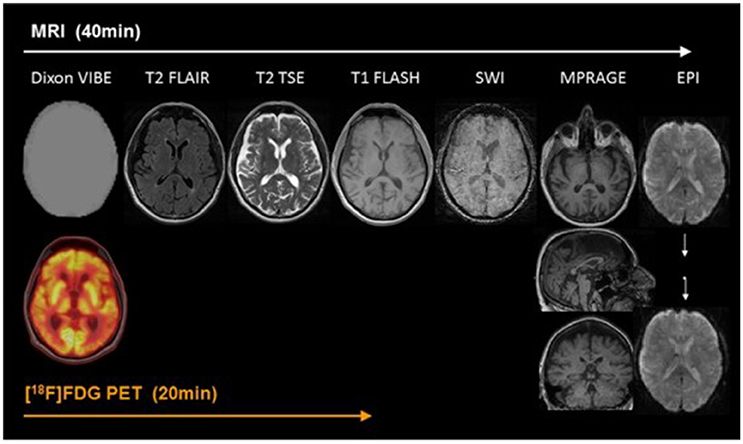
Frontiers Pet Mr Imaging New Frontier In Alzheimer S Disease And Other Dementias Frontiers In Molecular Neuroscience
Http Www Ranzcp Org Ranzcp Media Conference Presentations Son 18 Rowe Pet For Clinicians Nov 18 Pdf
Http Www Londonscn Nhs Uk Wp Content Uploads 17 09 Dem rsland Pdf
Www Prd Journal Com Article S1353 80 10 1 Pdf

Logopenic Progressive Aphasia Associated With Idiopathic Parkinson S Disease Neurologia English Edition

Spectrum Of Neurocognitive Dysfunction In Indian Population On Fdg Pet Ct Imaging
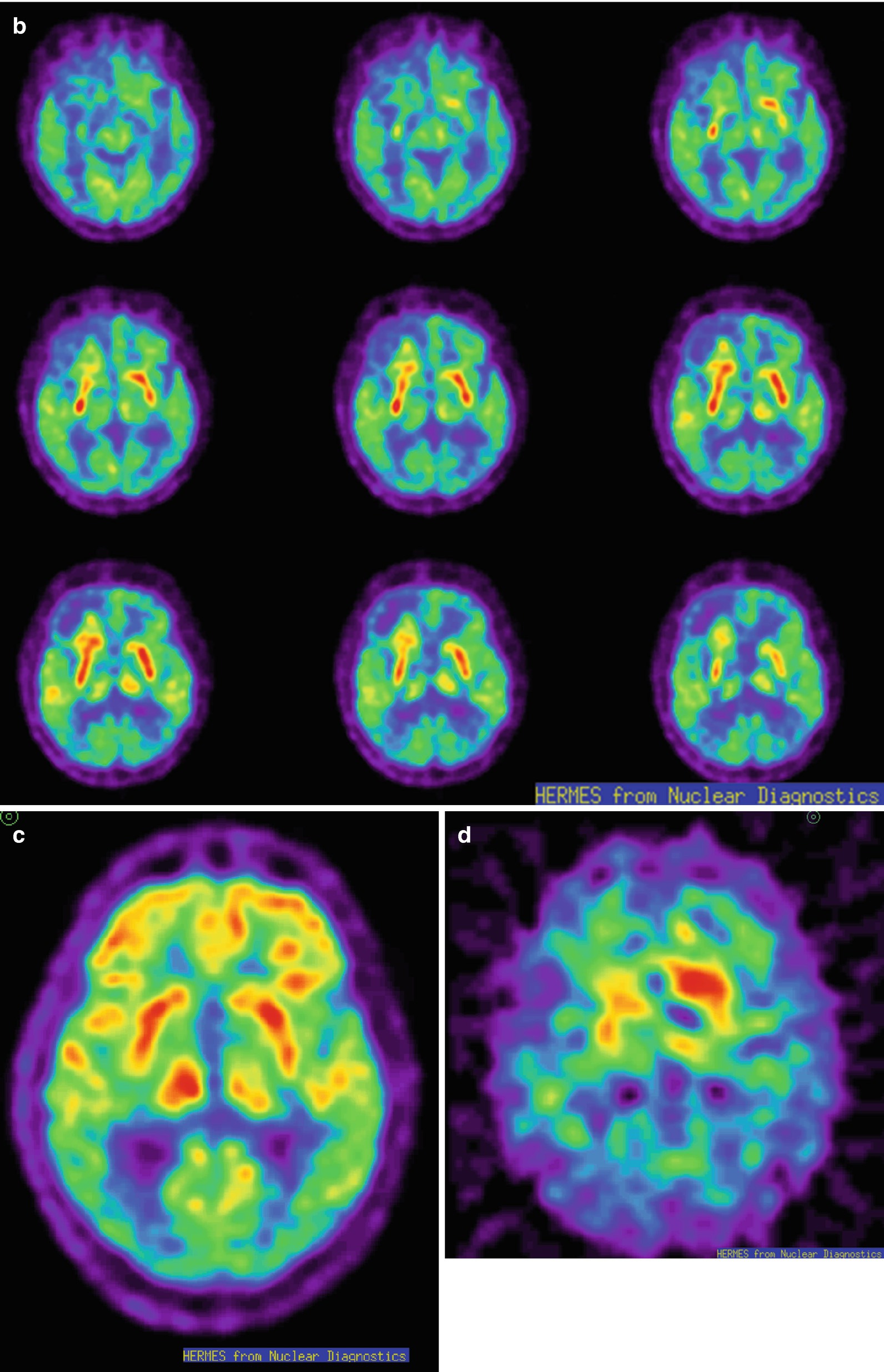
Neurodegenerative Diseases Lewy Body Dementia Springerlink

Pet Approaches For Diagnosis Of Dementia American Journal Of Neuroradiology

Imaging Alzheimer S Disease Pathophysiology With Pet
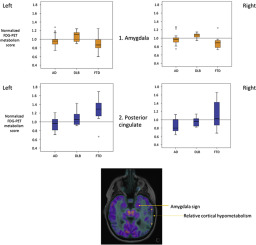
Amygdala Sign A Fdg Pet Signature Of Dementia With Lewy Bodies Parkinsonism Related Disorders X Mol
Warwick

Advances In Neuroimaging In Frontotemporal Dementia Gordon 16 Journal Of Neurochemistry Wiley Online Library
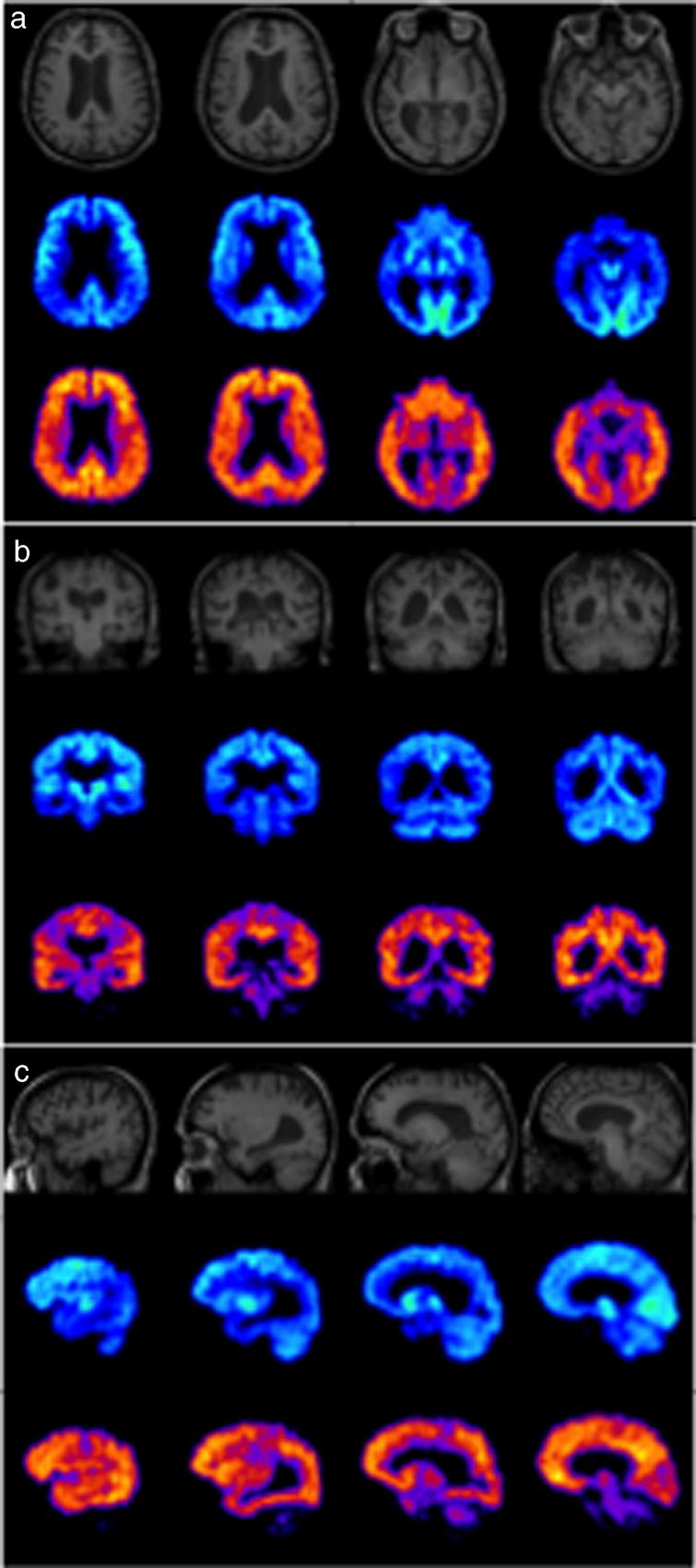
Imaging Biomarkers In Alzheimer S Disease A Practical Guide For Clinicians Ios Press
Www Ajronline Org Doi Pdfplus 10 2214 Ajr 14

Consensus Classification Of Posterior Cortical Atrophy Sciencedirect
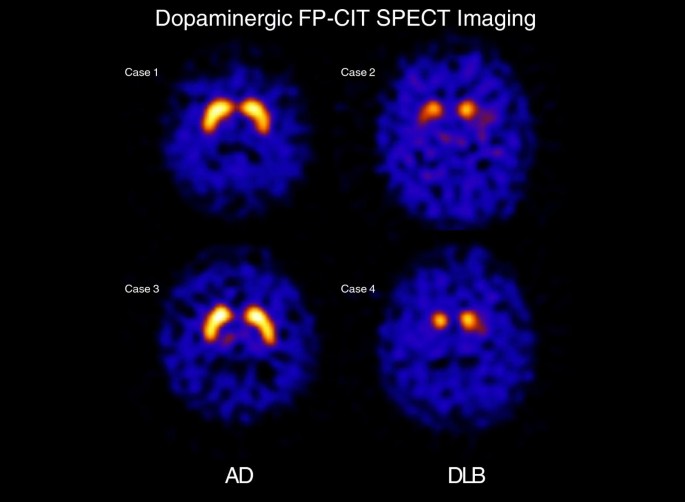
Neuroimaging Characteristics Of Dementia With Lewy Bodies Alzheimer S Research Therapy Full Text

Dementia With Lewy Bodies Dlb Dementia With Lewy Bodies Vs Alzheimer S Disease Vs Parkinson S Disease Brain Stories
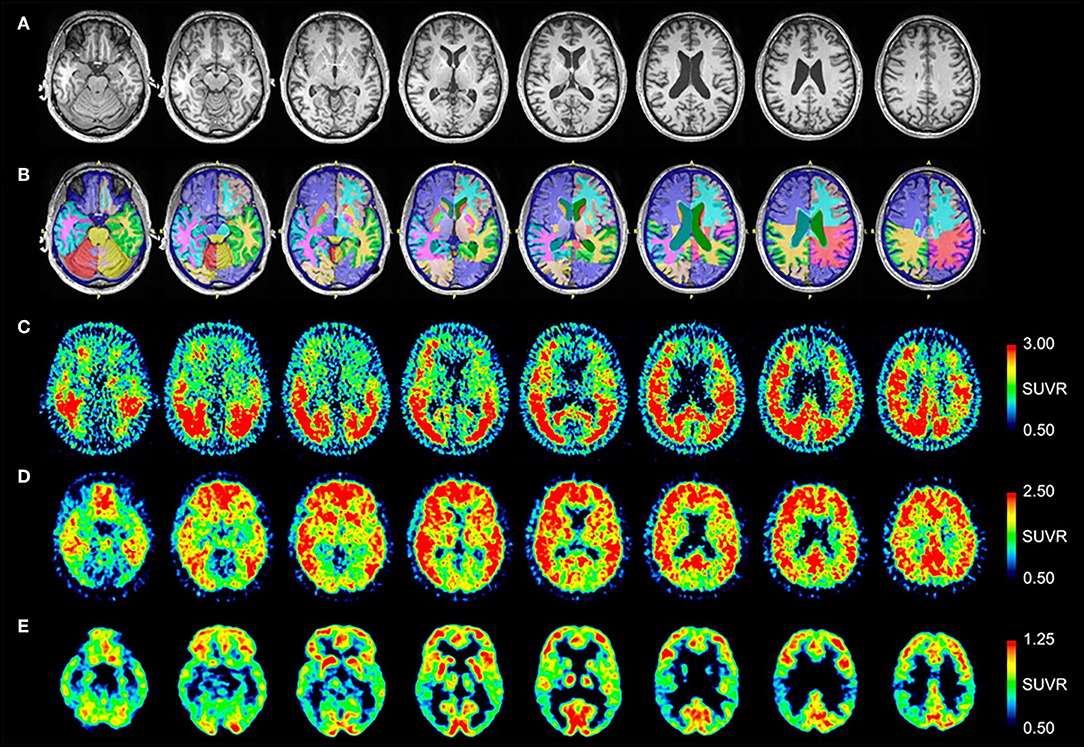
Frontiers 18f Fdg 11c Pib And 18f Av 1451 Pet Imaging Of Neurodegeneration In Two Subjects With A History Of Repetitive Trauma And Cognitive Decline Neurology

Pin By Juliann Marie On Radiology Lewy Body Dementia Lewy Body Dementia

The Utility Of Molecular Imaging For Investigating Patients With Visual Hallucinations American Journal Of Neuroradiology
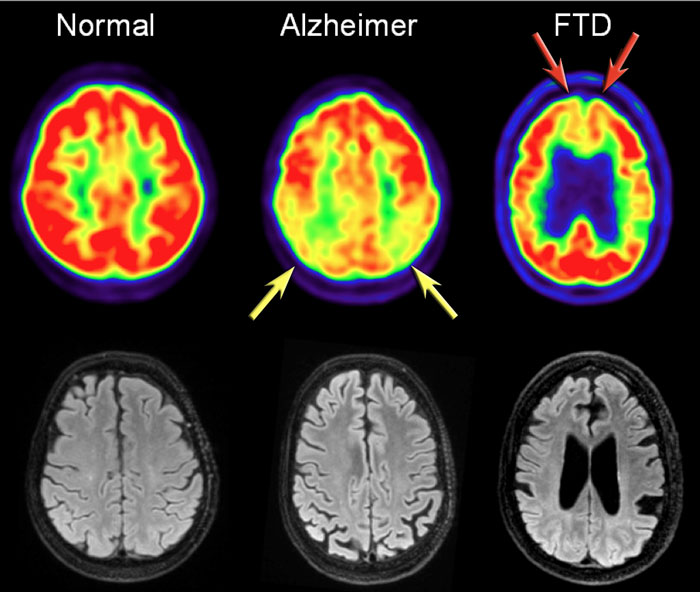
The Radiology Assistant Dementia Role Of Mri
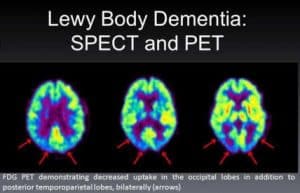
Brain Perfusion Spect A Highly Useful Test For The Diagnosis Of The Dementias The Pangea Project
Q Tbn And9gcsyzn9qfiblu2rtuoxq4cspucz7 Kdqyyiton2vyg8 Usqp Cau
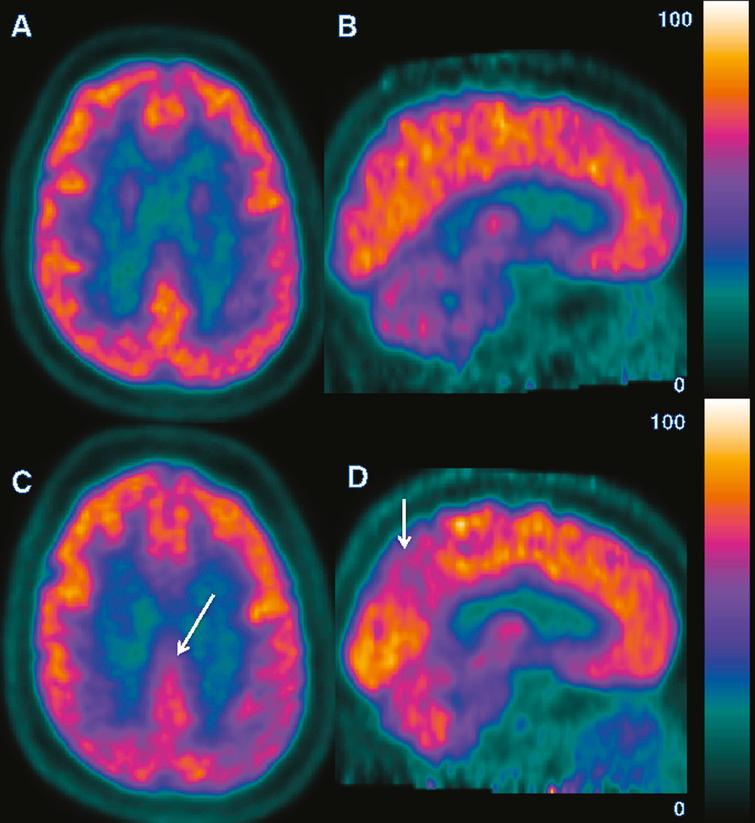
Clinical Impact Of A Second Fdg Pet In Atypical Unclear Dementia Syndromes Ios Press

Diagnosis And Management Of Dementia With Lewy Bodies Neurology
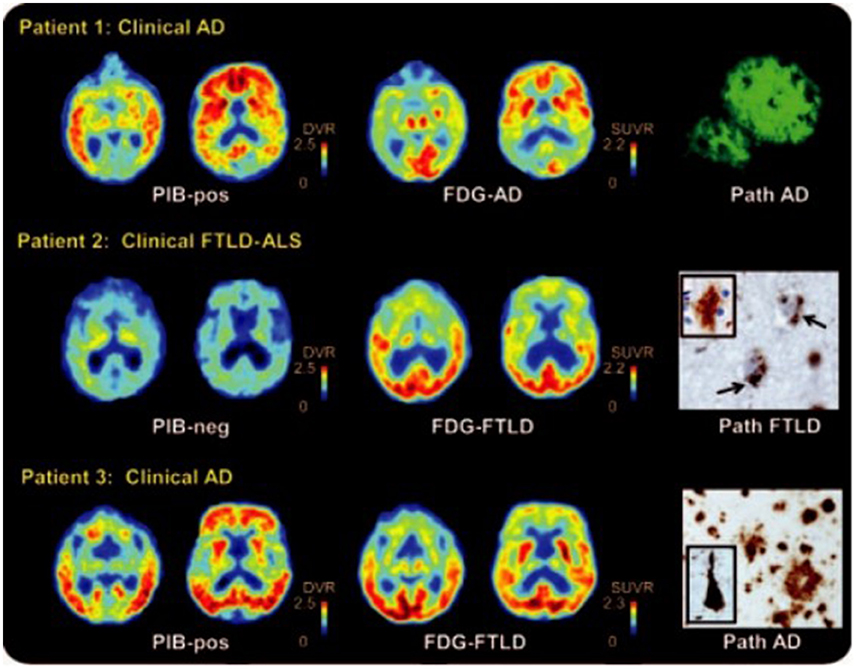
Frontiers Pet Mr Imaging New Frontier In Alzheimer S Disease And Other Dementias Frontiers In Molecular Neuroscience

Figure 1 Role Of 18 F Fdg Pet In Patients With Atypical Parkinsonism Associated With Dementia Springerlink

Spect Pet Findings In Lewy Body Dementia Radiology Key

Figure 1 From 11c Dtbz And 18f Fdg Pet Measures In Differentiating Dementias Semantic Scholar
Journals Sagepub Com Doi Pdf 10 1177

Integrated Sup 18 Sup F Fluorodeoxyglucose Positron Emission Tomography Magnetic Resonance Imaging Sup 18 Sup F Fdg Pet Mri A Multimodality Approach For Comprehensive Evaluation Of Dementia Patients A Pictorial Essay

A Visual Rating Scale For Cingulate Island Sign On 18f Fdg Pet To Differentiate Dementia With Lewy Bodies And Alzheimer S Disease Sciencedirect
Http Www Ranzcp Org Ranzcp Media Conference Presentations Son 18 Rowe Pet For Clinicians Nov 18 Pdf

Fdg Pet Displays Its Prowess In Dementia Detection Physics World

Role Of Neuroimaging In Alzheimer S Disease With Emphasis On Brain Perfusion Spect Journal Of Nuclear Medicine

Spectrum Of Neurocognitive Dysfunction In Indian Population On Fdg Pet Ct Imaging

Fact Sheet Molecular Imaging And The Brain Snmmi

Atypical Fdg Pet Patterns Predict Higher Dementia Risk In Parkinson Disease Neurology Advisor

Dementia Due To Neurodegenerative Disease Molecular Imaging Findings Radiology Key

Figure 1 From Cingulate Island Sign On Fdg Pet Is Associated With Medial Temporal Lobe Atrophy In Dementia With Lewy Bodies Semantic Scholar

A Descriptive Study Of Lewy Body Dementia With Functional Imaging Support In A Chinese Population A Preliminary Study Hkmj
1

18f Fdg Pet Assessment Of Lewy Body Dementia With Cerebellar Diaschisis Journal Of Nuclear Medicine Technology



